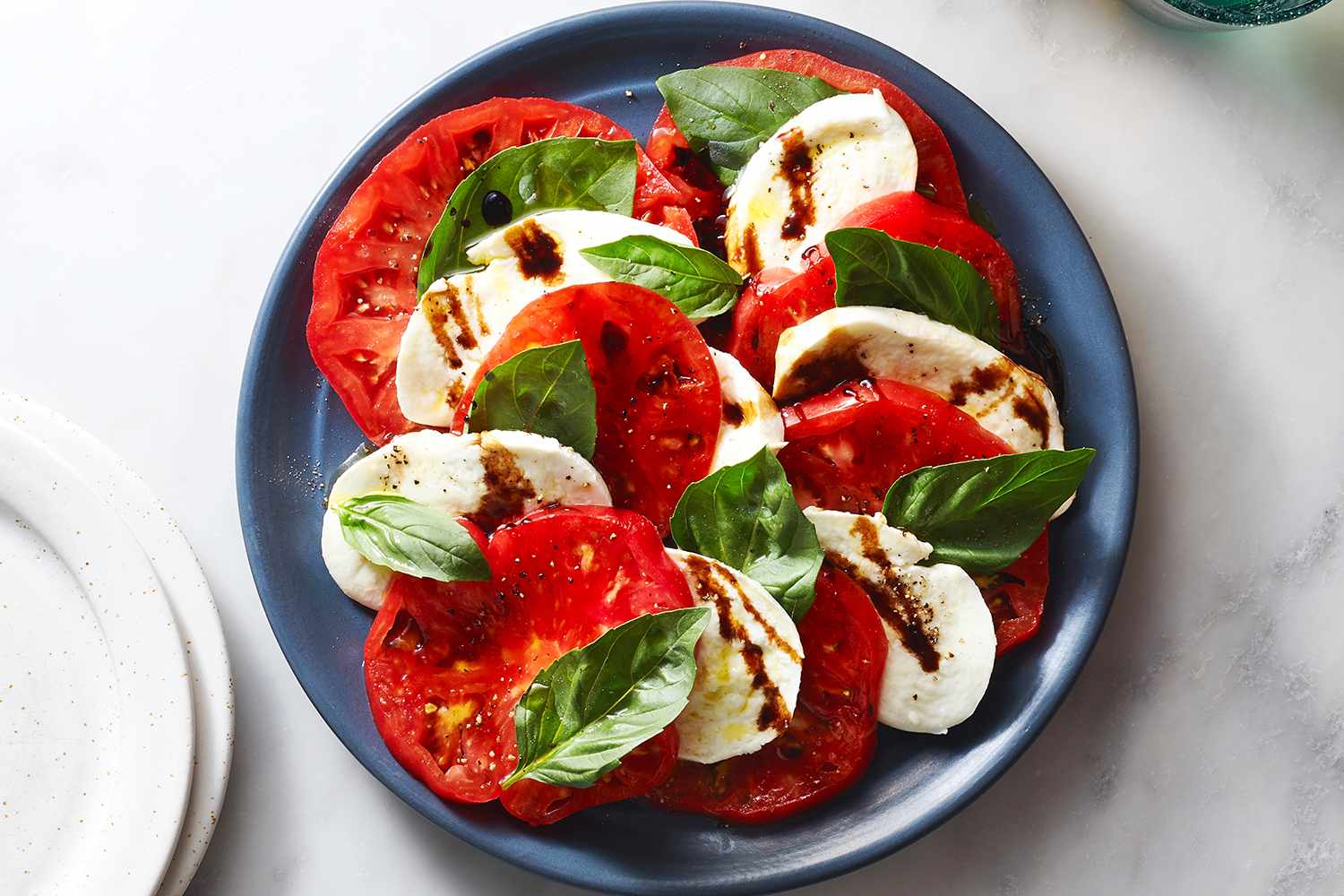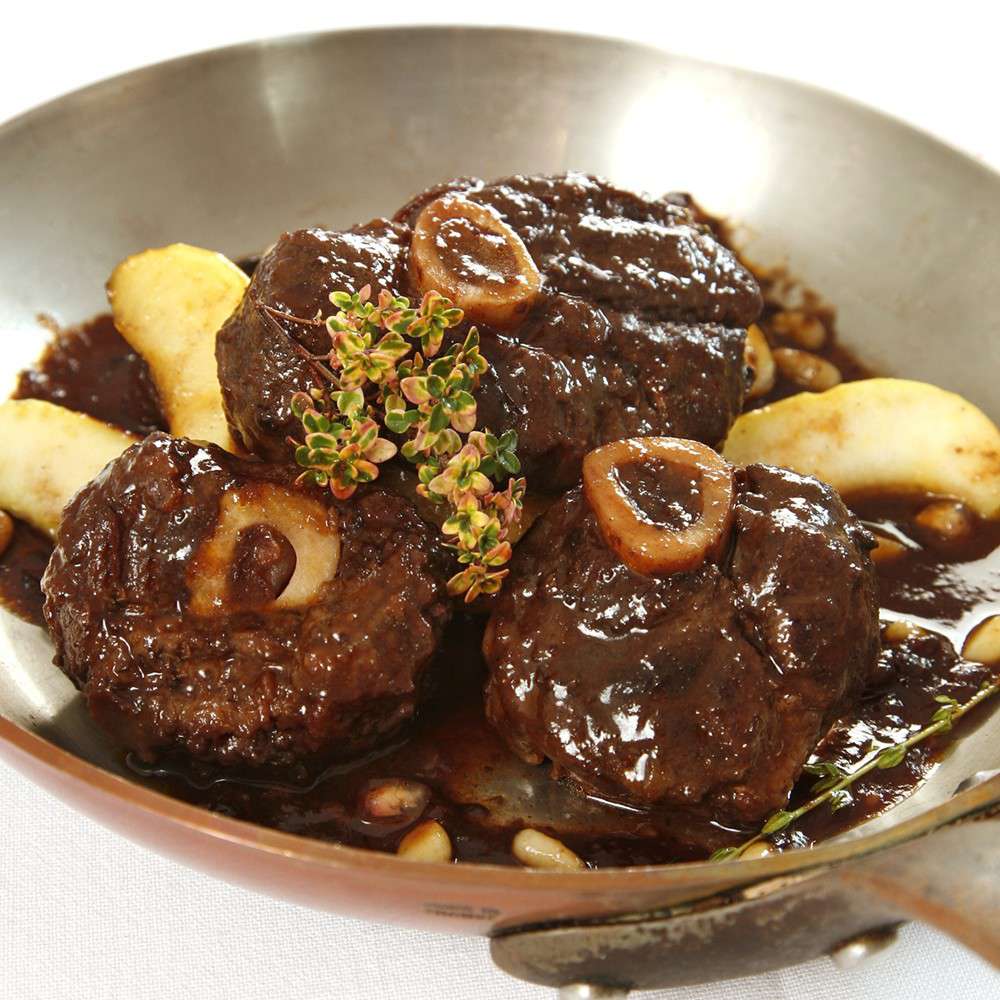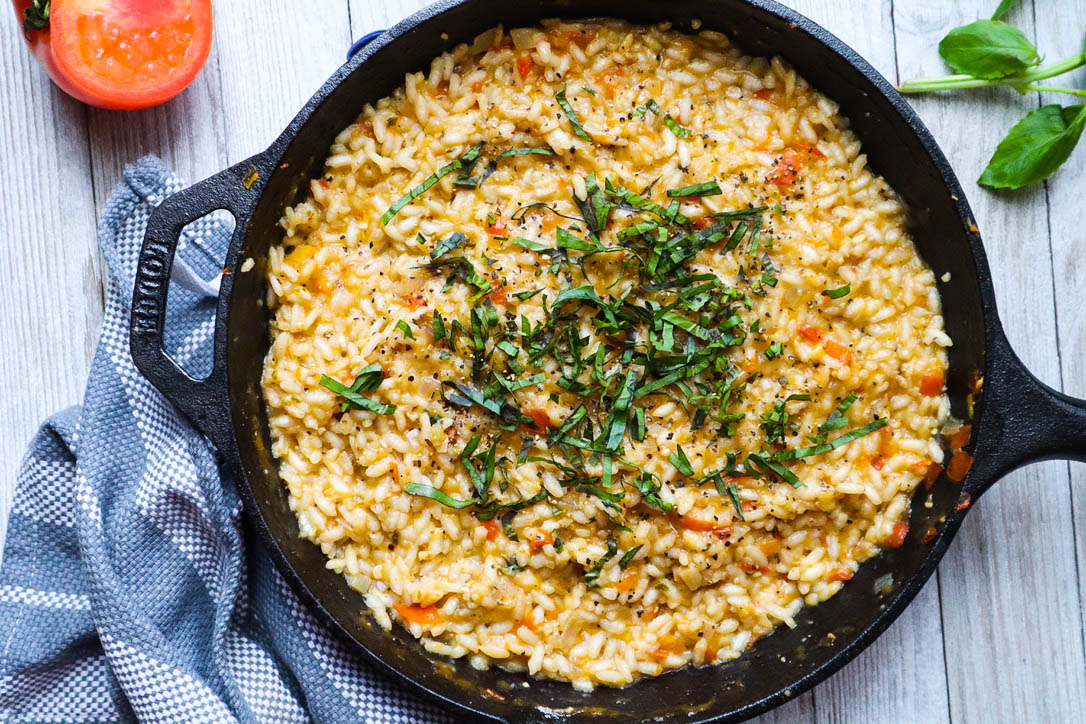
From its origins in Northern Italy to your dinner table, learn how to craft the perfect risotto with pro tips, variations, and secrets!
The Story of Risotto: A Taste of Northern Italy
Risotto isn’t just a dish—it’s a culinary tradition rooted in the rice-growing regions of Lombardy and Piedmont. Dating back to the 14th century, Italian farmers relied on short-grain rice varieties like Arborio, Carnaroli, or Vialone Nano to create hearty, resourceful meals. Unlike other rice dishes, risotto’s magic lies in its method: toasting the grains, deglazing with wine, and slowly coaxing out their starch with warm broth. The result? A luxuriously creamy texture that requires no heavy cream, just patience and technique.
Today, risotto is a global favorite, adaptable to seasonal ingredients like mushrooms, seafood, or butternut squash. Whether you’re cooking for a date night or a family feast, this guide will help you nail the process every time.
Ingredients for Classic Risotto (Serves 4)
Core Ingredients
- 1.5 cups (300g) Arborio rice – The high-starch grain essential for creaminess.
- 4 cups (1L) warm broth – Vegetable, chicken, or seafood broth. Homemade or low-sodium store-bought.
- 1 small onion (finely chopped) – Adds sweetness without overpowering.
- 2 garlic cloves (minced) – Optional but recommended for depth.
- ½ cup (120ml) dry white wine – Sauvignon Blanc or Pinot Grigio work best.
- ½ cup (50g) grated Parmesan cheese – Freshly grated for maximum flavor.
- 2 tbsp unsalted butter – Adds richness; substitute with olive oil for a lighter version.
- 2 tbsp olive oil – For sautéing aromatics.
- Salt and black pepper – To taste.
Optional Add-Ins
- Mushrooms (cremini, porcini, or shiitake)
- Seafood (shrimp, scallops, or clams)
- Seasonal veggies (asparagus, peas, roasted squash)
- Fresh herbs (parsley, thyme, or basil)
Step-by-Step Recipe: Crafting the Perfect Risotto
1. Prep Your Ingredients
- Warm the broth: Keep it simmering in a pot nearby. Cold broth slows cooking and affects texture.
- Chop aromatics: Finely dice the onion and mince garlic to ensure even cooking.
- Grate cheese: Freshly grated Parmesan melts smoother than pre-packaged shreds.
2. Toast the Rice (The Tostatura Step)
- Heat 2 tbsp olive oil in a wide, heavy-bottomed pan (like a Dutch oven) over medium heat.
- Add onions and garlic. Sauté for 3–4 minutes until soft and fragrant.
- Stir in Arborio rice. Toast for 2 minutes, coating each grain in oil. This step enhances the nutty flavor and prevents mushiness.
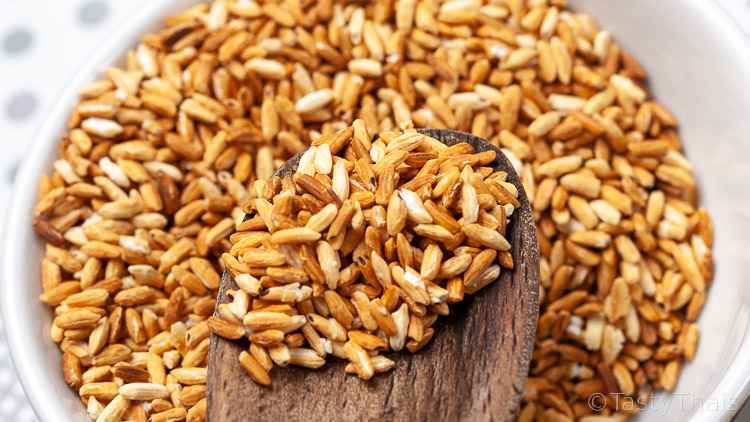
3. Deglaze with Wine
- Pour in ½ cup white wine, stirring constantly. Let it simmer until the liquid evaporates (about 2 minutes).
- No wine? Substitute with 1 tbsp lemon juice + 3 tbsp broth.
4. Simmer with Broth: The Cottura Process
- Add 1 ladle of warm broth to the rice. Stir gently until absorbed.
- Repeat, adding broth one ladle at a time. This gradual process coaxes out the rice’s starch for creaminess.
- Total cook time: 18–20 minutes. The rice should be al dente—tender with a slight bite.
5. Finish with Butter and Cheese (Mantecatura)
- Remove the pan from heat. Stir in 2 tbsp butter and ½ cup Parmesan.
- Cover and let rest for 2 minutes. This “mantecatura” step creates the signature velvety texture.
- Season with salt and pepper.
6. Serve and Garnish
- Plate immediately. Risotto waits for no one—it thickens as it cools!
- Top with extra Parmesan, herbs, or a drizzle of olive oil.
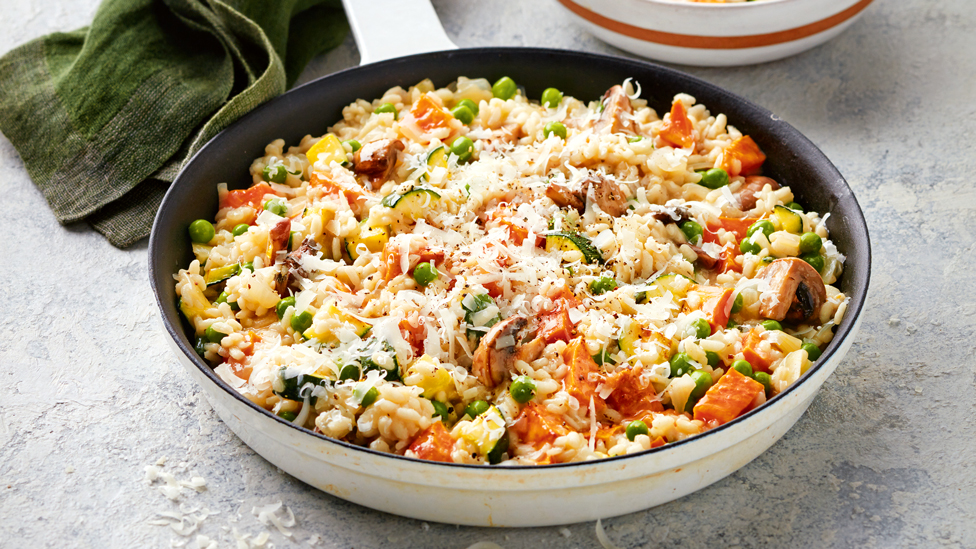
Nutrition Facts (Per Serving)
| Nutrient | Amount |
|---|---|
| Calories | 420 |
| Carbohydrates | 58g |
| Protein | 10g |
| Fat | 14g |
| Fiber | 2g |
| Sodium | 600mg |
Health Notes:
- Arborio rice provides energy-boosting carbs and small amounts of iron.
- Parmesan adds calcium and protein, while olive oil offers heart-healthy fats.
- For a lighter version, reduce cheese and use low-sodium broth.
Pro Tips for Risotto Mastery
- Broth Temperature: Always keep it warm. Cold broth disrupts cooking.
- Stirring Rhythm: Stir often but not constantly. Let each broth layer absorb slightly.
- Rice Alternatives: Can’t find Arborio? Use Carnaroli or sushi rice.
- Avoid Overcooking: Taste-test at 18 minutes. The rice should be tender but not mushy.
- Resting Time: Letting risotto sit covered ensures even creaminess.
Creative Variations to Try
- Mushroom Risotto: Sauté 1 cup mushrooms with thyme before adding rice.
- Lemon & Herb: Stir in lemon zest and fresh parsley at the end.
- Seafood Risotto: Add cooked shrimp and scallops in the last 5 minutes.
- Vegan Risotto: Use nutritional yeast instead of Parmesan and vegan butter.
FAQs: Solving Common Risotto Problems
Q: Why is my risotto sticky?
A: You added broth too quickly. Slow down and let each ladle absorb fully.
Q: Can I make risotto in a pressure cooker?
A: Yes! Sauté aromatics and rice, then pressure cook with broth for 6 minutes.
Q: How do I fix undercooked risotto?
A: Add ¼ cup warm broth and simmer for 2–3 minutes.
Q: Is risotto gluten-free?
A: Yes, if using gluten-free broth and wine.


